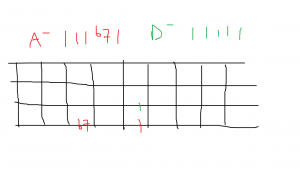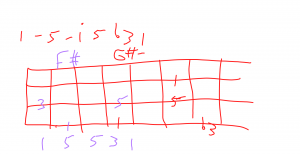Bass – constructing bass lines
How to Make Up Bass Lines
1. Key
Establish the tonal center—helps with outlining diatonic options and target tones.
2. Chords
Know the harmonic progression—helps in targeting chord tones and identifying passing opportunities.
3. Tempo
This influences note duration, density, and articulation. A faster tempo often favors simpler lines; slower tempos allow more movement.
4. Groove / Style
Define the rhythmic feel (e.g., swing, straight 8ths, funk, reggae, etc.). This dictates phrasing, accents, and note placement.
5. Play groove with roots only
Establish the rhythm first. Make it feel good before adding complexity.
6. Add 5ths and/or 3rds
These are safe, foundational chord tones. Use them to reinforce harmony while keeping the line clear.
7. Build a “part”
Now focus on repetition, development, and hooks. Consider how your line functions as a part of the ensemble (locking with drums, counterpoint with melody, etc.).
Optional additions you might also consider:
-
Approach notes / passing tones (for movement between targets)
-
Rhythmic variation and ghost notes (for funkier or more syncopated lines)
-
Register / position (when to stay low vs. jump up)
-
Call-and-response phrasing (with melody or internal phrasing)
I. positions of major and minor 1 – 3 – 5s
II. how to implement
III. specific examples
IV. learning to listen to bass lines
example is Sweet Home Alabama




